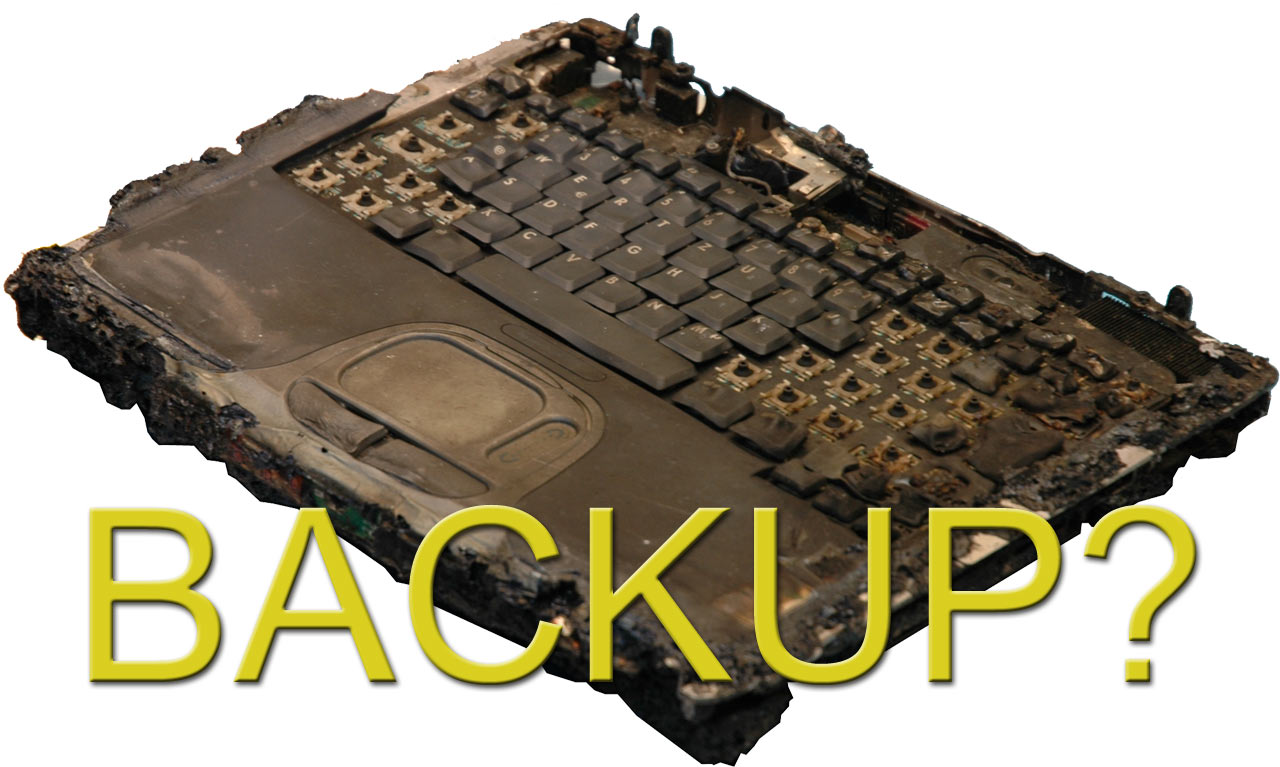Managing Backup: Three Software Solutions Compared
Backup Done Right
Backup has always been a topic that most people find tedious and boring. It takes time to consider and set up, then it typically works in the background, sucking up system resources while delivering no tangible benefits—until the day your hard drive suddenly crashes. What then? “Where was the last backup again? When did I run the last backup?” Clearly, you want to avoid these questions and have an emergency plan in place. We recently reviewed a storage product that finally makes total system and file backup a piece of cake. We decided to look for additional options and compared Rebit, True Image by Acronis, and the Windows 7 integrated backup feature using a portable hard drive.
Backup Options
The first item users typically consider is the backup target device. While the term “backup” is still somewhat associated with tape and other complicated devices, backup isn’t married to any given storage product. Tape drives were the primary backup targets in the ‘80s and ‘90s. Such devices are still in use, but mainly in enterprise environments. Consumers typically use optical drives, hard drives, or network targets for backup, with the significant drops in cost per gigabyte putting hard drives in the lead.
Few would argue that tape backup is the worst choice for consumers today. You need proprietary tapes and a compatible drive, as well as suitable backup software. This means that you have to restore a working backup/restore host system before you can access your data. Recordable DVD or Blu-ray media are well-suited for backup, as write speeds are fast enough, media costs run from cheap (DVD) to still acceptable (BD-R), and you get automatic versioning because write-once discs can’t be modified after write completion.
Hard Drives With USB Are the Winners
However, the hard drive is now most peoples' favorite backup choice, as it is easiest to handle and cost has come down to almost ridiculously low levels. In addition, a USB 2.0 external hard drive is probably the most versatile and universal storage/backup device, since every PC and notebook—running Mac OS and Windows alike—speaks USB.
Keep in mind that hard drives will fail eventually, so it’s imperative either to use several drives for backup or to use redundant storage devices to be on the safe side. Having said this, we can move on and look at a few options suitable for today’s consumer backup. We grabbed a portable drive from Hitachi, the SimpleTouch 500GB, and three different backup solutions: Acronis True Image, which has come a long way from imaging to total system management, the Rebit solution, and Windows 7’s integrated backup. Windows Backup has evolved substantially and may represent a viable free alternative for many users.
Get Tom's Hardware's best news and in-depth reviews, straight to your inbox.
Current page: Backup Done Right
Next Page Backup Fundamentals: Why, How, When, and How Often?